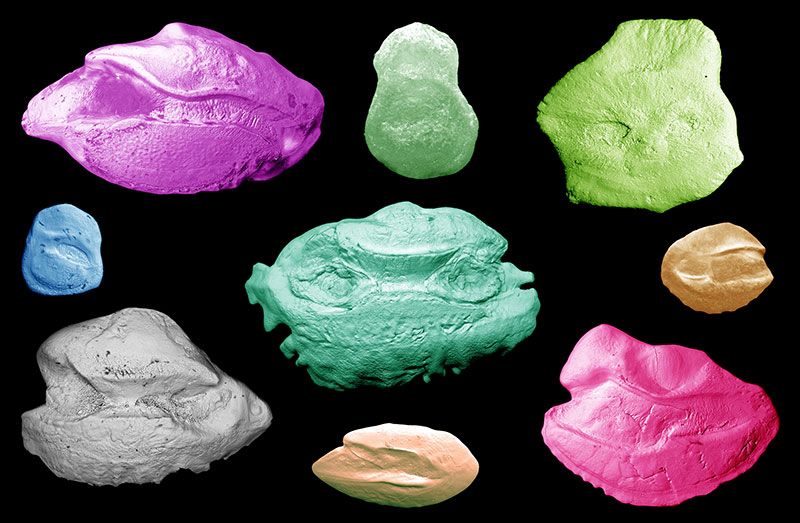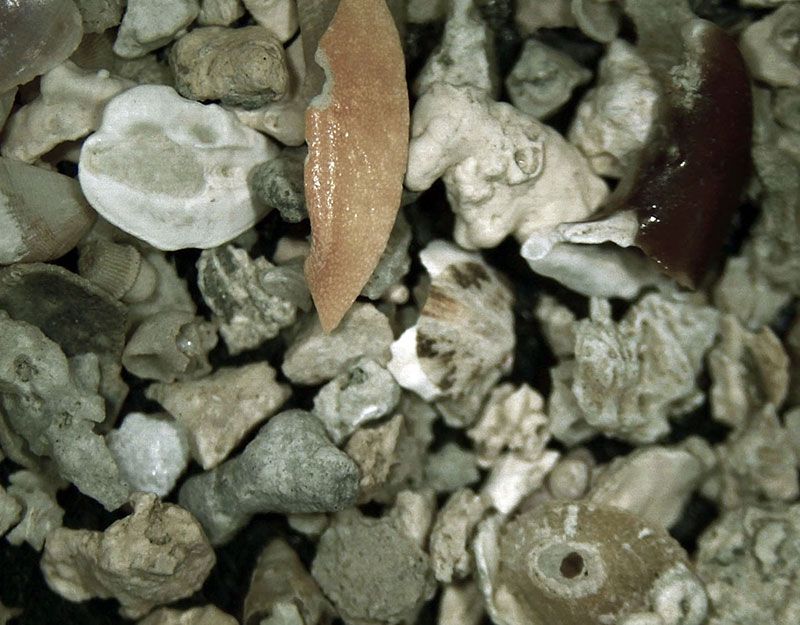SMITHSONIAN TROPICAL RESEARCH INSTITUTE
How I Landed My Dream Job in the Caribbean
Katie Griswold’s STRI intern experience
:focal(552x603:553x604)/https://tf-cmsv2-smithsonianmag-media.s3.amazonaws.com/blogging/featured/image001.jpg)
I stumbled into the Smithsonian Tropical Research Institute through unusual circumstances. I like to describe myself as the Best-Worst Backpacker Ever, because after only one week as a tourist in Panama, I found myself with a steady job that would ultimately be the center focus of my life over the course of ten months. Thanks to STRI and a whole lot of luck, this has been one of the best years of my life.
Growing up as a resident of Washington, D.C., I had always held the Smithsonian as a golden standard of science research and communication. The Smithsonian Tropical Research Institute appeared on my radar while I was studying marine science as an undergraduate at Boston University. I dreamed of diving in coral reefs with them for years, but I never worked up the confidence to apply for a grant. However, after an undergraduate project in Belize, a field semester in Ecuador, graduation, and a postgrad year with Americorps, I was itching to leave the east coast and see more of the world. In August 2017, I booked a one-way ticket to Guatemala, with minimal plans; a little money; and a lot of faith in my foolishness, tenacity, and love of the unknown.

Two months later, I arrived in the archipelago of Bocas del Toro, Panama, and immediately was smitten by its lush tropical beauty. My travel priorities immediately morphed into schemes that would allow me to stay. Aware that STRI had a field station on one of the islands, I looked up directors of several programs, hoping to stay as a volunteer for a month or two. To my surprise, Dr. Stanley Heckadon-Moreno quickly replied to my email, and offered me a position as a short term project manager at the Punta Galeta field station, in the Caribbean province of Colon.
I couldn’t believe my luck.
From September until December, I supervised a team of volunteers, developed education materials, and helped plan an endemic species insect garden for Galeta’s visitors’ program. My office window directly overlooked the reef; my home was a cement dorm bunk on the beach; my roommates were geckos and the occasional venturesome crab. Nighttime was lonely; but it was also peaceful. I loved looking up at the milky way at night and seeing huge cargo ships at sea. The weeks flowed on, slowly and steadily.
With only three weeks until I flew back to the States for Christmas, and 10 days before I left Galeta, I realized Panama truly felt like home. Once again, I started searching for a way to extend my time. As if it were meant to be, I saw an announcement for a research assistance position in one of STRI’s marine science labs. Dr. Aaron O’dea was looking for an intern to work on a paleontology project about molluscs and ancient coral reef energetics. I wasn’t entirely sure how I felt about paleontology, but invertebrates and ocean energy flows were my jam, and I had helped several professors and PhD students on related work in college. I was optimistic about my chances. So, I updated my resume and emailed a carefully written cover letter to the two post-docs conducting the interviews.

Then I waited for a response. And sent a follow-up email. And waited some more.
In the meantime, the team at Galeta held a lovely farewell party for me, and I came up with a tourism agenda for my remaining free days. I squeezed all my things into my backpack and hauled it out to Portobelo, to Casco Viejo, to Peace Corps friends in Panama Oeste, and finally to Boquete, a hip coffee farming town in Panama’s western mountains. As a last hurrah, I planned to hike Volcan Baru. On a good day at the—3,474 meter summit, you can see both the Pacific and Atlantic oceans at the same time. Some people say that it feels like seeing the whole country from heaven. What better way to celebrate my experience with this place?
While waiting in the bus terminal for the 8+ hour journey to Boquete, I finally received a reply to my internship application. Someone else got the job.
<style type="text/css">p.p1 {margin: 0.0px 0.0px 0.0px 0.0px; font: 11.0px Calibri} span.s1 {font-kerning: none} </style>Disappointed but resolved, I hopped on the bus and travelled halfway across the country to climb the volcano. Imagine my surprise when the next day, I received an email from Dr. Chien-Hsiang Lin, and Dr. Blanca Figuerola, two post-doctoral researchers working with Aaron O’dea:
“Dear Katie Griswold,
We have another internship open in the lab for three months to work with Dr Chien- Hsiang on otolithes. I wish to invite you to attend an interview this week, as you will be in Panamá, in case you are interested.
Best wishes,
Blanca”
So, would I like to work with fish, which I had never worked with, in a paleontological context with which I had no experience, specifically focusing on an inner ear bone that I had only a vague awareness of? Obviously.

Long story short, I climbed up and down the volcano one day, and bought another bus ticket back to the other side of the country for my interview. On the way, I quickly investigated everything I could about the lab’s work on otoliths, the research applications of otoliths in general, and any technical terms I thought might pop up in conversation. The next day, I walked into the Naos Island laboratory for my interview, as optimistic and prepared as I could be under the circumstances. This time, another miracle happened. The interview went well, I met everyone in the lab, and by the end of the day I was told had been selected for the job.
In January 2018, I began a spectacular journey of knowledge with the smartest, funniest, and warmest network of people I could hope to work with. My teammates, supervisors, and intern compatriots helped me through the worst of times- like when I struggled for months to program an experimental image processing system that would measure photos of my tiny otoliths. And they shared my joy in my best moments- and there were many. In addition to analyzing the data I was initially hired to collect, I had the opportunity to go on several field expeditions with a pickaxe, travelled to Taiwan for an international conference, hiked jungle trails, ate every form of plantain known to man, and snorkeled on many reefs. Throughout all moments, I felt truly blessed to have found this community.
And that, dear friends and readers, is how I became a Smithsonian intern.
The Smithsonian Tropical Research Institute, headquartered in Panama City, Panama, is a unit of the Smithsonian Institution. The Institute furthers the understanding of tropical biodiversity and its importance to human welfare, trains students to conduct research in the tropics and promotes conservation by increasing public awareness of the beauty and importance of tropical ecosystems. Website. Promo video.


